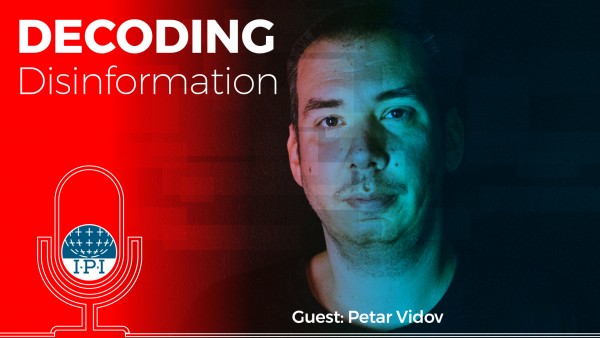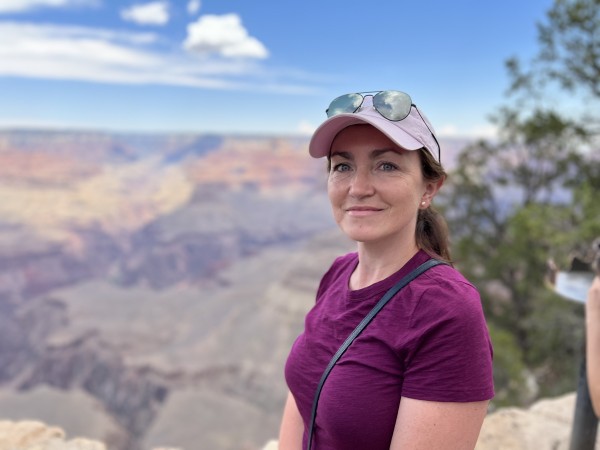Local Journalism Project Case Study: Limpopo Mirror (South Africa)
The backstory:
The Limpopo Mirror, an award-winning and internationally acclaimed 33-year-old paper, emerged in post-apartheid South Africa to meet the needs of the rural Black communities bordering the Limpopo River. It was launched by the owners of the Afrikaans/English paper in the town of Louis Trichardt to capitalize on the gap for a paper that could serve the 430,000 members of the Black communities in the surrounding four municipalities. Originally called the Venda Mirror, it was renamed Limpopo Mirror in 2001 to better reflect the diversity of the people who live in the largely rural villages in the region.
Audience:
The Limpopo Mirror operates in a poorer part of the community. It is distributed in the Vhembe area of the Limpopo province where the average annual household income is 14,600 rand (about 820 euros). The majority (approximately 68 percent) of its readers fall within the age bracket of 25 to 44. As the South African market the paper operates in does not have a culture of newspaper reading, it has had to gradually build a readership.
Value proposition:
Limpopo Mirror’s value derives from its emphasis on continuity. The paper is in production for 50 weeks of the year, where it continuously reports on a range of topics including court reporting, current affairs, the arts and investigative journalism. One of the paper’s most prominent investigative stories was its exposure of corruption in the national lottery.
The paper is also deeply local. The Limpopo Mirror focuses on covering local stories and local people. In contrast to larger papers that would have a distribution of 60 percent advertisements and 40 percent editorial content, Limpopo Mirror limits its ad loading to 30 to 40 percent due to the “important” nature of its local stories. The paper also maintains good working relationships with existing online publishers, and its partnerships with nonprofit news organizations such as Ground Up assist the team with the production of content
Products and distribution:
The masthead focuses on a print product while also utilizing a website, which was launched in 1997. The paper used to be heavily reliant on street vendors for distribution, but the COVID pandemic forced them to rely more on sales from outlets such as supermarkets. Their website and digital platforms such as Facebook also drive traffic, which has allowed them to reach more people than ever before.
The team:
The team is small: an editor, a sub-editor and five to seven regular correspondents who are scattered across the different municipalities. The correspondents have been long-serving contributors to the paper, some for 20 to 30 years.
Business model:
The publishers were not sure when they first launched the paper whether it could be viable in the rural-based market, but with a strong local focus they were able to bring it into profit by growing the audience and advertising. With the decline in advertising they don’t feel there is a culture or capacity within their low-income community to support a digital media business model that would rely on membership/donation schemes and subscriptions.
Initially, their strategy was that they would aim to produce high-quality journalism which would attract readers and subscribers, and subsequently attract advertisers. However, the changing nature of the industry and the loss of street vendors during the COVID-19 period has forced them to look for alternative revenue streams (including philanthropy), as it is unlikely that advertising will sustain the paper over the next two to three years.
Trust/misinformation:
The paper maintains its credibility through its correspondents, who are well known in their community. The paper devotes a substantial amount of its time to ensuring the quality of its journalism through engaging in the process of subediting, re-subediting and rewriting in some cases, following up with sources and checking for legal issues.
The future:
The paper recently attempted to adopt an “added value” model that would involve collaborating with retailers, who would subsidize the cost of the papers and distribute the paper for free to customers who purchased their products. However, they were unable to reach decision-makers with this approach.
The paper is contemplating shifting to a not-for-profit model where it would supplement dwindling advertising revenues with philanthropy.
Ask them about:
Continuing to provide a news product of value in uncertain times. Serving a dispersed local audience with a network of contributors
In their words:
“There’s a need for the Mirror’s market because it was rural-based. At the time there was a concern that it would not really be viable. But we pulled it into a very viable market, just sticking to the existing recipe: focus on local and local people – and it’s popular. It worked for many years.”
“We still make time for investigative journalism, which very few do … as it doesn’t bring in money, it doesn’t pay the salaries. It doesn’t pay the printing bills. And we have to find another revenue stream. I do not foresee that advertising will sustain that in two or three years’ time.”
“It wasn’t so difficult to get ad revenue in the past two decades. It almost followed you – you’d bring out good papers, the readers would be there, and the advertisers would come. But that’s not been the case for the past few years, even before COVID. But COVID does hit hard.”
“I think it’s sort of a chicken and egg situation where we have to be realistic … We’re sitting in a situation where we are hyper-local, we are not aiming at a huge international audience. The Google AdSense model will not work for us. We’re not targeting that. We’re deliberately targeting a very small community. So now we have to find a revenue model for that.”
“He [Professor Bill Reader] effectively told me, ‘Anton, do away with the commercial model, turn it into a non-profit organization and go on a funding path’. You know, I don’t like that, but that’s probably the direction that we should be going in and then appeal to donors.”
Source for information in this case study: Interview with Anton Van Zyl, publisher, Limpopo Mirror
This story is part of IPI’s Local Journalism Project. The publication of these case studies – part of IPI’s wider work mapping, networking and supporting quality innovative media serving local communities – is supported by the Friedrich Naumann Foundation.



